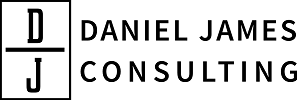Unconscious (Implicit) Bias Training
- Johnny Knatt
- Jul 6, 2021
- 1 min read

Traliant
Unconscious bias training is a positive step to help organizations recognize and address hidden biases that can influence workplace decisions. Believing male employees are better at physical work, assuming individuals have a particular skill because of their race, or judging an applicant because of her last name are common examples of how unconscious biases can affect decisions and workplace culture.
Research confirms that everyone has unconscious or implicit biases-it’s part of human nature and the brain’s need to categorize huge amounts of information. However, if left unchecked, unconscious biases and stereotypes can create an unhealthy work environment and lead to discriminatory behavior. As part of a holistic approach to preventing discrimination and harassment, unconscious bias training can encourage individuals to understand and manage their hidden biases and assumptions and create a more positive, diverse workplace.
Unconscious Bias Training consists of three parts:
1. Understanding Unconscious Bias
2. Recognizing Unconscious Bias
3. Addressing Unconscious Bias
Employees and Managers gain a deeper understanding of:
· What unconscious bias is
· How biases can influence workplace decisions and interactions
· How to recognize personal biases and make informed decisions
· The relationship between unconscious bias, diversity, and inclusion and preventing discrimination
Johnny Knatt, SHRM-SCP
The HR Workplace Coach, LLC





Comments